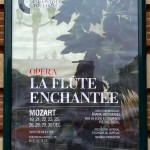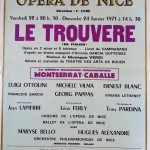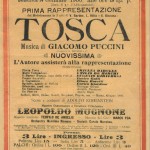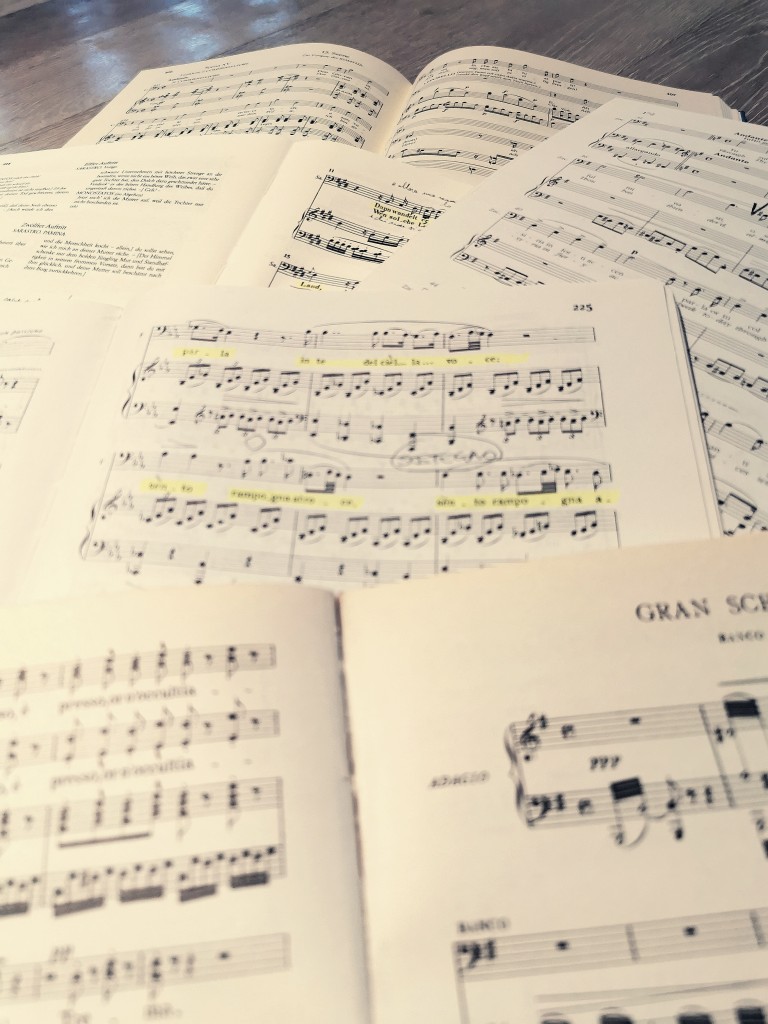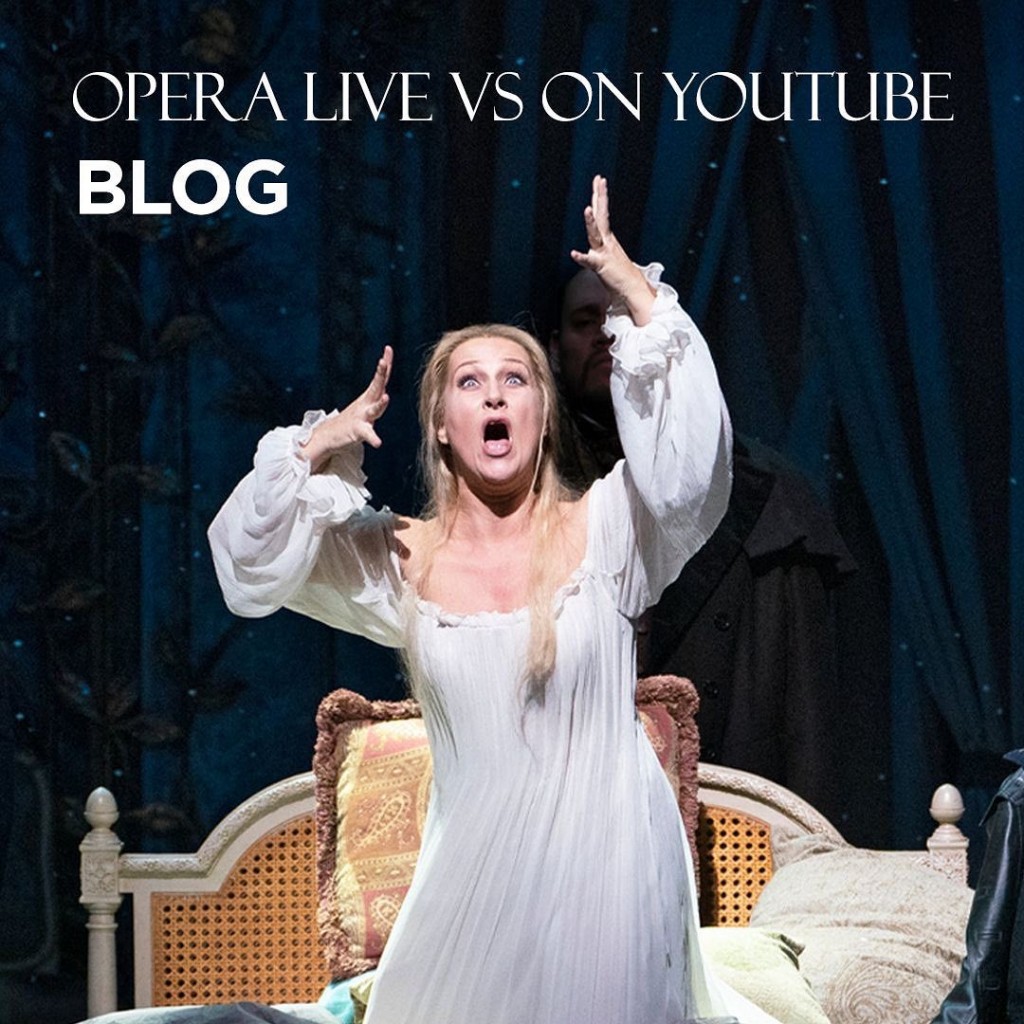Having passion for our job, for our studies and so on is a blessing that is not given to everyone. I’m one of those lucky ones, and I believe it would be hardly possible to be a performing artist without having passion for what I do. Passion played a key role in my studies and career, from the first piano lessons at age 12, until present time.
Sometimes, etymology helps us to understand the many facets of a word. “Passion” comes from the Latin verb “patior”, which means “to tolerate, to resist, to suffer, to feel pain”. Patior is a deponent verb, i.e., a verb with a passive form and an active meaning, a bit like passion is something that we have within ourselves and need to give out in some way. From the past participle of this verb (“passus”) came the word passio (suffering, pain). You basically know the rest of the story, but it is interesting to go back to those meanings of “resistance”, “pain”, “tolerance”, “resilience”, because they are all present in today’s word “passion”. Of course, in different amounts, depending on the language and the cultural context.
This short overview of this powerful word may help us to understand why passion for a profession can indeed become a trap under certain circumstances.
• Blind Pursuit: Sometimes, people become so enamored with the idea of a particular profession that they pursue it without considering other factors such as job market demand, financial stability, or personal aptitude. Yes, unfortunately, being passionate about something doesn’t necessarily mean that we are good at it.
• Accepting Lower Pay: If you’re deeply passionate about your job or industry, you might be more willing to accept lower salaries or benefits than you could potentially earn. While passion can be fulfilling, it’s essential to ensure that you’re fairly compensated for your skills and contributions and not to fall into manipulative traps.
• Burnout: Passion can drive people to work excessively long hours and neglect other aspects of their lives, leading to burnout.
• Limited Growth: Being passionate about a specific profession might limit one’s willingness to explore other opportunities or develop additional skills. This can hinder personal and professional growth, as staying within a narrow focus may prevent individuals from adapting to changing circumstances or finding new avenues for success.
• Lack of Balance: Focusing too much on one’s profession can lead to neglecting other important aspects of life, such as relationships and personal development. This imbalance can ultimately result in dissatisfaction and regret, as individuals may realize too late that they’ve sacrificed too much for their career.
• Identity Attachment: If someone’s passion for their profession becomes their sole source of identity and self-worth, they may struggle with feelings of inadequacy or loss if they encounter setbacks or changes in their career trajectory.
This article might inspire you to find the right balance between the flame of passion and healthy boundaries: https://neuroleadership.com/your-brain-at-work/the-passion-paradox
